When Columbus thought he saw a mermaid, the truth of the matter turned out to be far more hilarious. On January 9, 1493, Christopher Columbus is sailing off the coast of the Dominican Republic, when he sees what he believes are three mermaids. He was absolutely serious in this conviction and reported that they were “not half as beautiful as they are painted”, according to History.
Columbus had sailed from Spain six months previously, heading across the Atlantic Ocean with his ships the Pinta, the Nina, and the Santa Maria, in search of a western route to Asia. He didn’t find that route on this trip, the first of four he would make; instead, he found the Americas.
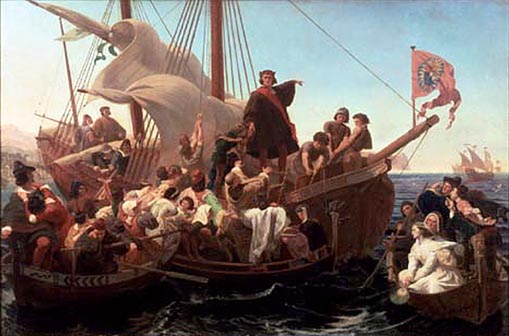
Mermaids are said to be beautiful women from the waist up and have the bodies of fish from the waist down. While it’s not too far a reach to understand how lonely sailors who have been months away from home might imagine such a creature, it’s far more likely that what Columbus actually saw were manatees.
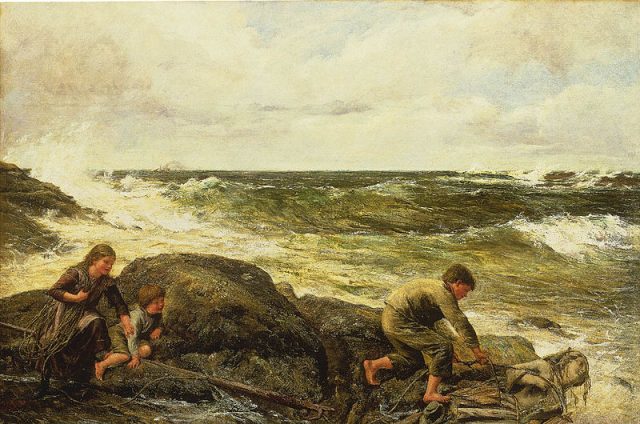
Manatees are large marine mammals which have flat tails, flippers, and egg-like heads, according to Live Science. The creatures, which are also known as sea cows, are more closely related to elephants than cows.
They are bulky, have a lolling nature, and are often eaten by other animals. Manatees can range from 8 to 13 feet and can weigh between 400 to 1,300 lbs. Despite their bulk and apparent ungainliness, they can swim with both speed and grace.
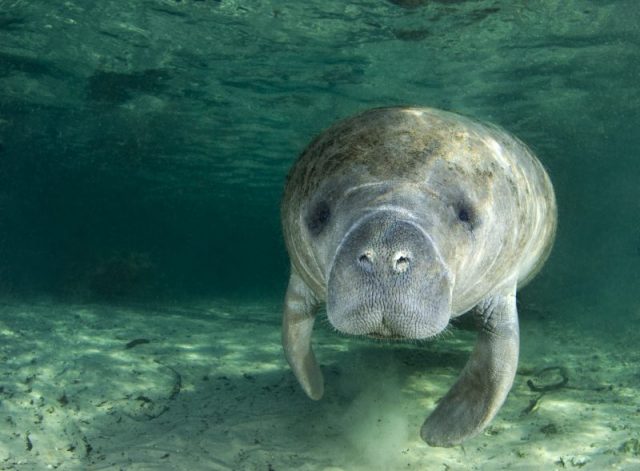
Their large, flat tails provide a lot of power in the water. Their regular swim speed is about 5 mph, but they can manage 15 mph in short bursts. They seem to bear very little resemblance to mermaids. Consider how mysterious and powerful the ocean must have seemed to early civilizations along the sea coasts.
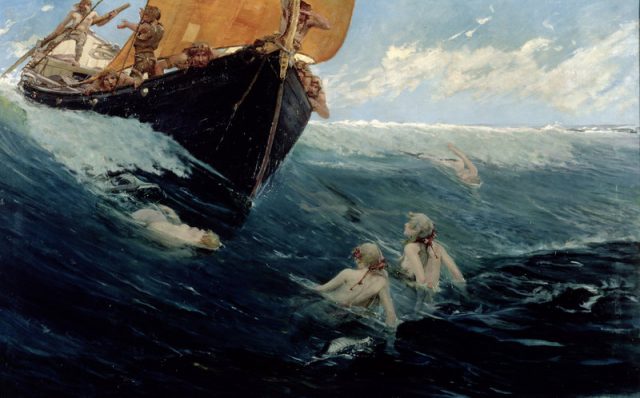
It was both a giver of life, and very dangerous, and so much of what it contained was invisible to those on land. People believed the oceans to be full of monsters, including things like sea serpents and mermaids. According to Real Mermaid, the ancient Babylonians had a goddess, Atargatis, who was half female and half fish. She was a goddess of life and fertility, which is logical given that so much life came from the sea.

The ancient Greeks also pursued the notion of life coming from the sea in the form of Aphrodite, their goddess of creation and love. She was also frequently seen as jealous, proud, and cruel, which may be part of the genesis for the myths of mermaids as sirens, using their song to lure hapless sailors to their deaths.
Mermaids exist in the mythology of Japan, in the Arabian Nights, and in the British Isles. They’re usually of the “siren” variety, singing to men on ships or shores and luring them to drown or be eaten.
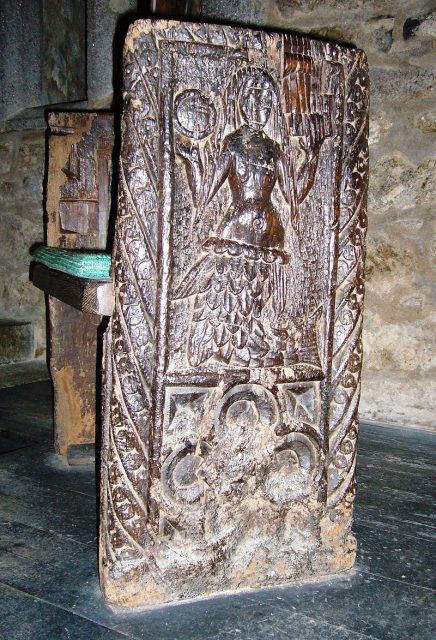
Even mermaids who weren’t overtly looking to wreak havoc on the male of the species could be “dangerous”, when men, wanting to save the perceived maidens from downing, might drown themselves.
Some myths suggest that mermaids either don’t understand or don’t remember that humans can’t breathe underwater and could inadvertently drown humans they pulled under water.
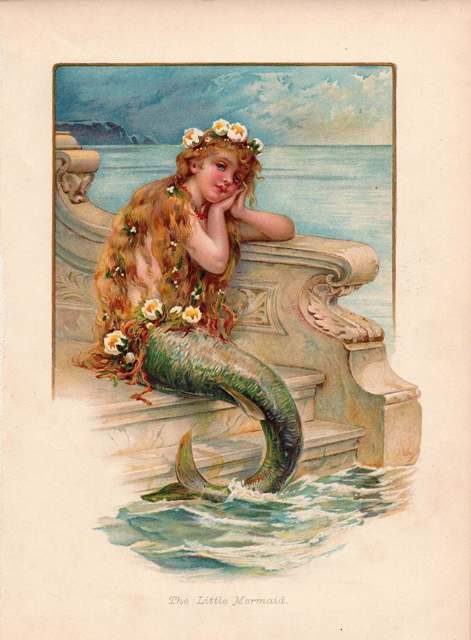
It really wasn’t until the 1837 publication of Hans Christian Andersen’s story “The Little Mermaid” (on which the Disney movie with the same name was loosely based) when the modern imagining of the mermaid as something sweet and friendly came into fashion.
Even today, there are occasional “mermaid sightings”. Live Science noted that in 2009 there were reports of a mermaid sighted off the coast of Israel where she performed a few tricks for those watching, just before sunset, and then disappeared into the night.
Read another story from us: Lucky Man Accidentally Finds Remnants of a 200-Year-old Shipwreck
The loneliness of the sea, the power of myth, or simple exhaustion—humble manatees, strange rocks, or hallucinations… Mermaids have been one of the human stories shared by cultures around the world.
